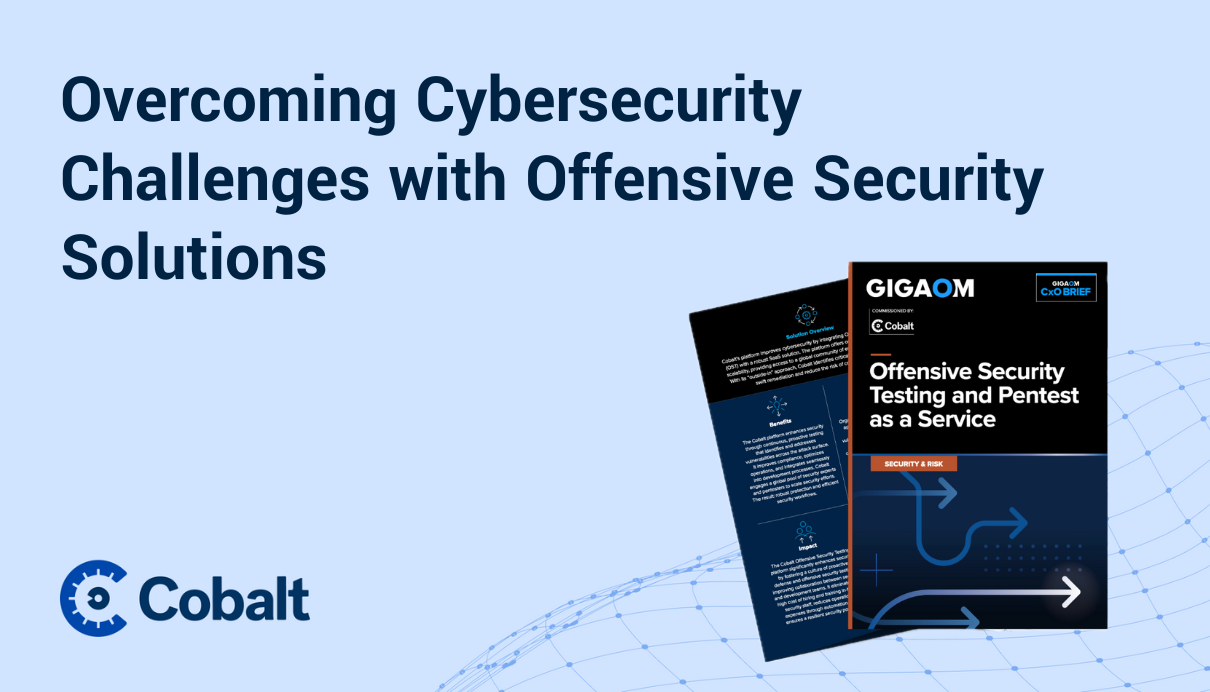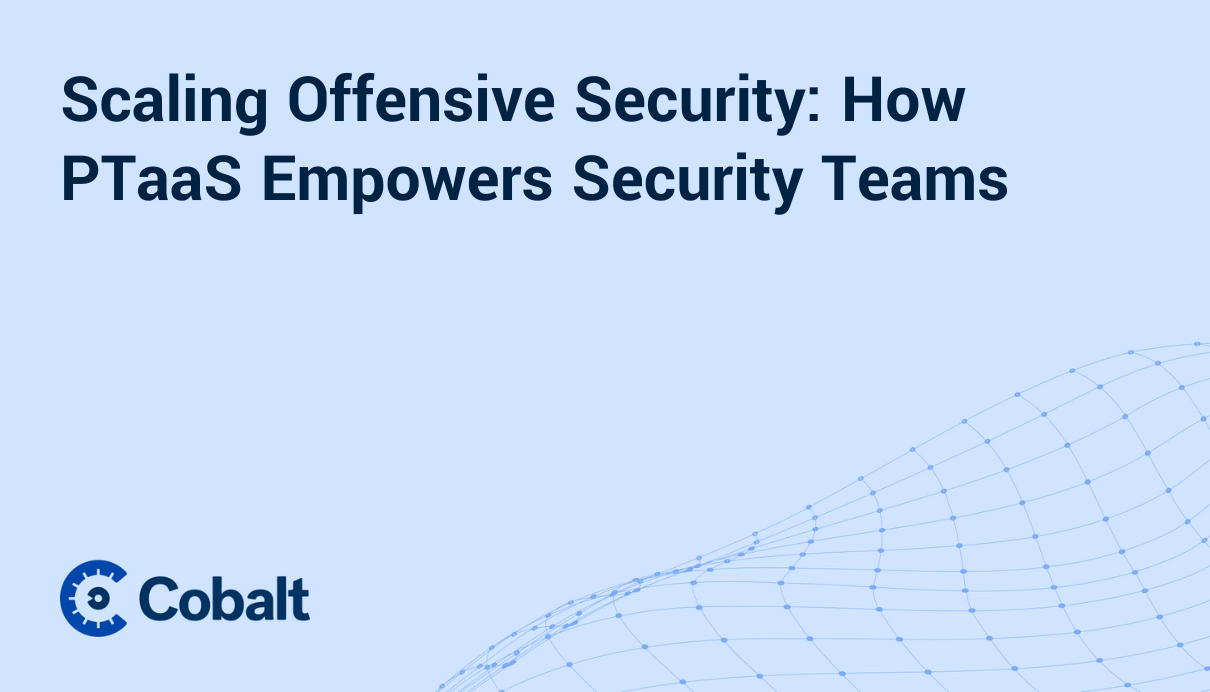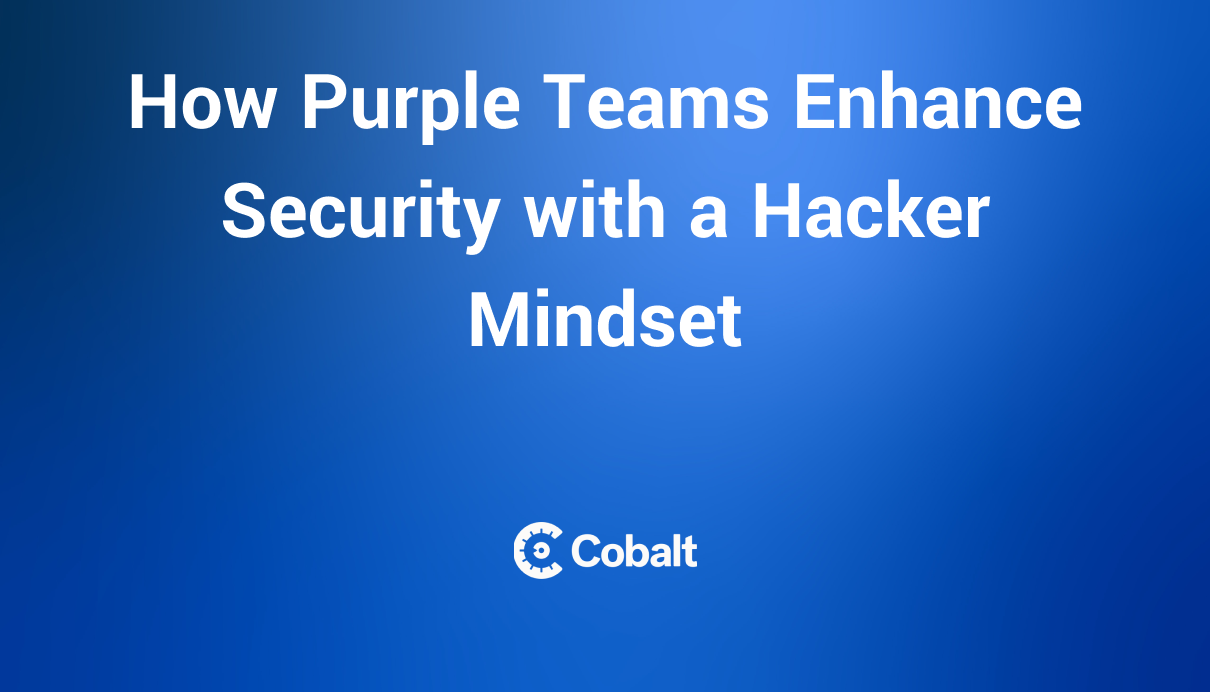Understanding the evolution of cloud penetration testing is crucial for maintaining robust cybersecurity. The shift from on-premises systems to cloud infrastructures has fundamentally changed how security is approached. This transformation necessitates reevaluating traditional practices and the adoption of innovative testing methodologies to safeguard sensitive data in increasingly complex environments.
An Overview of the History of Cloud Penetration Testing
Cloud penetration testing has its roots in traditional penetration testing practices, which were predominantly focused on on-premises environments. In the early 2000s, as organizations began migrating their systems to the cloud, security professionals faced unique challenges in this new landscape. The need for cloud-specific testing methodologies became evident, leading to the establishment of best practices and frameworks tailored for cloud security. For instance, Salesforce was paving the way for businesses to think about their data existing in the cloud, and AWS, GitHub, and Veracode were starting to plant the seeds of infrastructure, code, and security testing living outside the legacy boundaries of an organization.
The National Institute of Standards and Technology (NIST) played a pivotal role in shaping these guidelines, helping organizations understand how to assess their cloud security posture. In 2011, NIST released Special Publication 800-144, which outlined considerations for security and privacy in public cloud computing. As cloud adoption accelerated, penetration testing had to evolve to address the complexities of shared responsibility models, multi-tenant environments, and the lack of physical control over infrastructure.
Today, cloud penetration testing encompasses a diverse range of techniques and tools focusing on identifying vulnerabilities that arise from misconfigurations, inadequate access controls, and insecure APIs. Filling the gap where security tools and technologies exist or are technically challenging to do such as permissions and access reviews. As the cloud continues to dominate IT strategy, the importance of effective penetration testing remains critical in safeguarding sensitive information and maintaining compliance with industry standards.
How Cloud Penetration Testing Looks Now
As organizations adapt to cloud environments, cloud penetration testing has transformed significantly. Cybersecurity teams must navigate unique challenges stemming from the dissolution of traditional network structures and the complexities of shared responsibility models.
Securing Your Resources
Considering 45% of data breaches are cloud-based, taking measures to secure cloud resources is a must. However, this is a shared responsibility, especially when considering cloud providers manage infrastructure security, while users remain accountable for securing their data and applications. This division of responsibility complicates the security landscape, making it vital for organizations to perform regular penetration testing to identify vulnerabilities in configurations, access controls, and APIs.
Organizations should also adopt an effective security approach that includes automation, continuous monitoring, and incident response strategies. Implementing automated testing tools enhances coverage, while manual testing helps ensure comprehensive analysis. According to a report by the Cloud Security Alliance, 77% of organizations feel unprepared to deal with security threats, highlighting a kind of regression in security since the move to the cloud. Regular testing not only uncovers vulnerabilities but also strengthens your overall security posture, ensuring your organization stays ahead of potential threats. Penetration testing serves as the gold standard for assessing severity, providing a clear baseline of what’s working in your security defenses, and identifying areas where additional protections and controls are needed
What We Lost, What We Gained
The shift from on-premises to cloud infrastructure introduced both benefits and challenges. Organizations gained scalability, flexibility, and cost savings, but they also relinquished direct physical control over their resources. For instance, in recent months, the US has faced several severe hurricanes. Had we relied on the traditional on-prem model, physical damage to hosting sites could have led to significant outages and financial losses. However, the move to the cloud also heightened exposure to risks such as data breaches and misconfigurations. According to the 2023 Thales Cloud Security Report, 44% of organizations had some type of data breach in their cloud environment, up from 39% the previous year. So clearly, the trend, while not rapid, is not headed in the right direction. While cloud environments enable rapid deployment and innovation, they also demand robust security measures.
Moreover, traditional security practices, such as perimeter defenses, have become less effective in the cloud. The "set it and forget it" mentality can no longer apply; security must be proactive and adaptive to the cloud's fluid nature. Organizations should focus on implementing advanced security measures like encryption, identity and access management, and real-time monitoring to protect their assets. Embracing a culture of security within the organization can help foster awareness among employees, reducing the likelihood of human errors that lead to breaches.
Traditional Networks are Dissolving in Favor of Infrastructure Digitalized with AWS
With the rise of cloud platforms like AWS, traditional network boundaries have dissolved, necessitating a reevaluation of security strategies. The infrastructure is now abstracted, requiring cybersecurity teams to understand the complexities of cloud architecture. This shift emphasizes the importance of robust security frameworks tailored for cloud environments, as organizations must account for a multitude of services and configurations that contribute to their security posture.
AWS, for example, offers a range of tools and services designed to enhance security, such as AWS Shield for DDoS protection and AWS Security Hub for compliance monitoring. However, the efficacy of these tools relies on how well organizations implement and integrate them into their security practices. According to a McKinsey survey, a significant majority of organizations (84%), are not fully leveraging the security features offered by their cloud providers, indicating a significant gap that must be addressed. Organizations should take the initiative to familiarize themselves with their cloud provider’s security offerings, ensuring they are maximizing available resources to protect their digital assets.
Loss of Physical Structure Leaves Your Data More Exposed
The absence of a physical infrastructure exposes data to various risks. Cybercriminals often exploit this vulnerability by targeting misconfigurations and weak access controls. According to a report by the Ponemon Institute, various human errors like loss of devices, third-party flubs, or data mishandling account for a majority of breaches. This means organizations must adopt proactive penetration testing to identify these weaknesses before malicious actors can exploit them.
In addition, the remote work culture accelerated by the COVID-19 pandemic has compounded security challenges. Employees accessing cloud services from various locations may inadvertently expose sensitive data if proper security protocols are not in place. Organizations should prioritize implementing strong authentication mechanisms, such as multi-factor authentication (MFA), to safeguard access to cloud resources. Regular employee training and awareness programs can further reduce exposure to threats, emphasizing the importance of security hygiene.
What We Can Bring Back and What Should We Leave Behind
In adapting to the cloud, organizations should consider what elements of their previous security frameworks remain relevant and beneficial. Legacy practices such as regular security audits, vulnerability assessments, and incident response plans still hold value in the cloud context. These practices can help ensure that security remains a priority despite the shift in infrastructure.
However, teams must abandon outdated concepts like solely relying on perimeter defenses. With network boundaries dissolving, focusing on a more holistic approach allows security teams to more effectively identify, prevent, detect, and respond to cyber threats. For example, zero trust emphasizes verification at every stage while threat detection tools help identify anomalies and potential breaches in real-time.
By understanding these dynamics and integrating relevant past practices with modern strategies, cybersecurity teams can enhance their approaches and protect critical assets in an increasingly complex digital environment.
Embracing the Future of Cloud Security
The evolution of cloud penetration testing highlights the urgent need for organizations to evolve their security strategies in an increasingly digital landscape. As traditional network boundaries dissolve, it’s essential to adopt proactive measures to protect sensitive data and resources. By leveraging insights from historical practices and understanding current threats, cybersecurity teams can better navigate the complexities of modern cloud environments. This strategic approach not only mitigates risks but also enhances resilience against potential breaches. The challenges of cloud security are significant, but with the right expertise and tools organizations can thrive. Don't leave your security to chance—contact us today for a free demo and ensure your organization is equipped to tackle today’s challenges and safeguard your data against evolving threats. Ready to take control of your cloud security? Explore our in-depth guide on cloud penetration testing to learn best practices and start strengthening your cloud defenses today.








